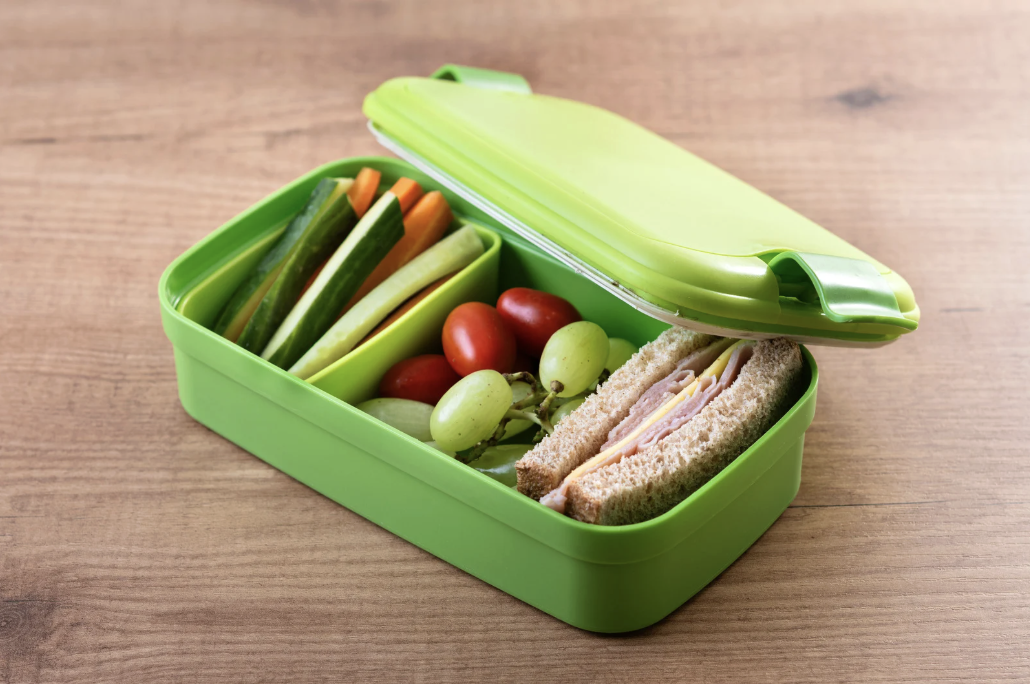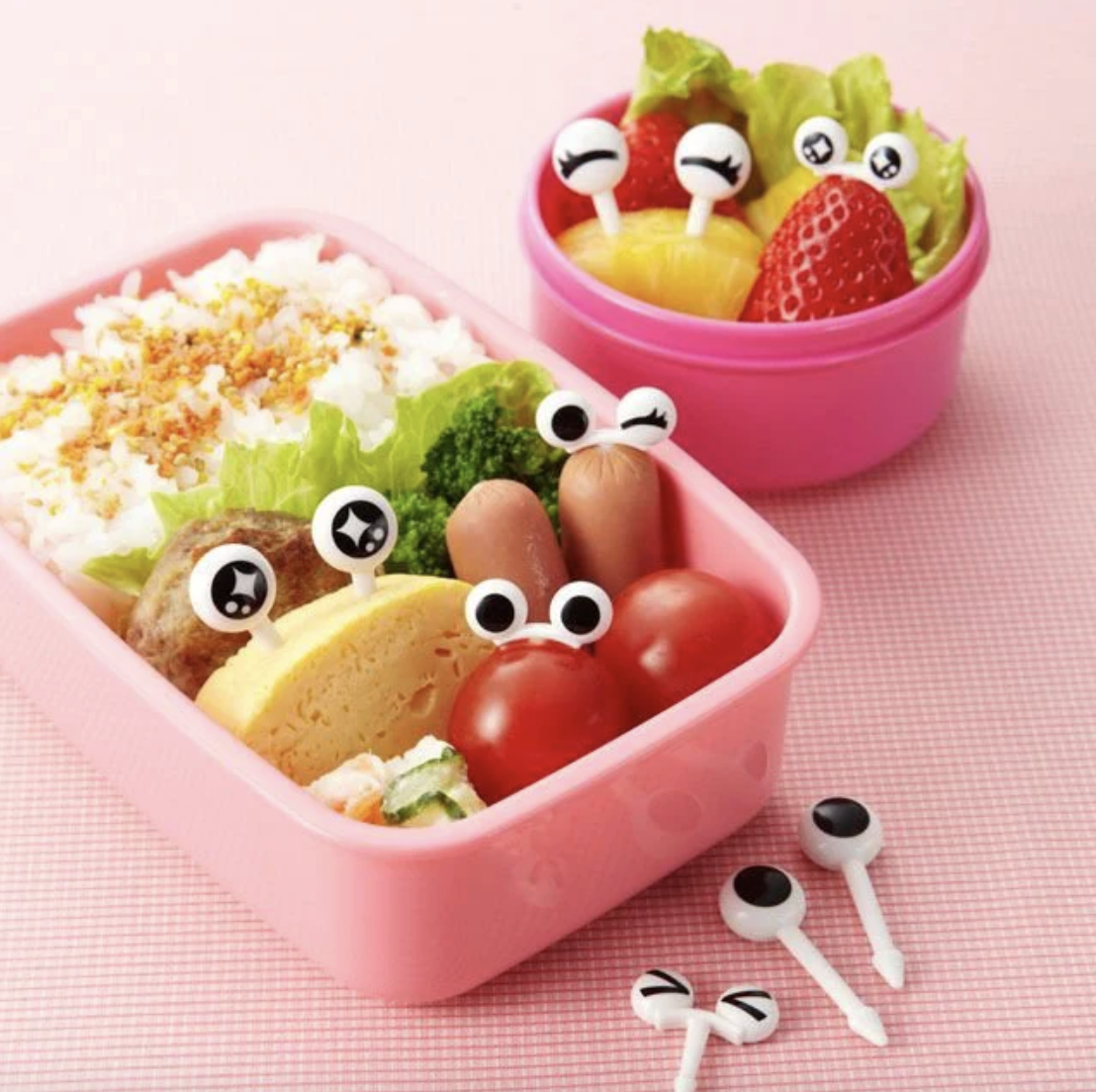8 Tips for Helping Picky Eaters at School Lunch
Tips from a Feeding Therapist
For many families, packing a school lunch can feel like a daily struggle, especially when you have a picky eater. You want your child to have a nutritious meal, but you also want them to actually eat it before the bell rings! As a feeding therapist, I’ve seen firsthand how the lunchroom environment can add an extra layer of challenge for selective eaters. Between the noise, limited time, and unfamiliar foods, even favorite foods might come home untouched.
Here are some practical tips to help your child feel more confident and successful at school lunchtime:
1. Practice at Home
Before introducing a new lunch routine, do a few “lunchbox practice runs” at home. Pack their lunch exactly as they’d have it at school. Use the same box and same containers, and let your child practice opening everything on their own. This builds familiarity and independence as well as helps identify any tricky packaging that could discourage eating.
2. Include Familiar, Safe Foods
It’s okay (and encouraged!) to include your child’s safe or preferred foods daily. If your child loves goldfish crackers or a certain brand of yogurt, pack it. Familiar foods provide comfort and reassurance in a busy cafeteria setting.
Try the “1 safe food + 1 learning food” approach. This means pairing a familiar favorite with a small portion of a food you’re helping them learn to accept. For example, if your child loves peanut butter crackers, pack those alongside one slice of apple or a single cucumber round.
3. Keep Portions Manageable
Large portions can feel overwhelming for selective eaters. Smaller, bite-sized pieces, like halved grapes, mini sandwiches, or cut-up cheese cubes, often feel more approachable and are easier to eat in a short lunch period.
4. Think About Temperature and Texture
Many picky eaters are sensitive to changes in food temperature or texture. If your child prefers certain foods warm at home, they might reject them cold at school. Consider investing in a small thermos for hot foods like pasta, rice, or soup, and pack cold foods with an ice pack to keep them at their preferred temperature.
5. Involve Your Child
Kids are more likely to eat what they help choose and prepare. Let your child help pick out their lunchbox, choose between two fruit options, or help pack snacks. When children feel ownership, they’re more willing to participate.
6. Add a Little Fun!
Sometimes a simple change in presentation can make a big difference. Making food visually appealing or playful can spark curiosity and reduce pressure.
Try adding:
Fun food picks or skewers (safe for your child’s age) for fruits, cheese, or small sandwich pieces
Colorful silicone cups or dividers to separate foods neatly
Cookie cutters to turn sandwiches, cheese slices, or fruit into fun shapes
Lunchbox notes or stickers for a personal touch
These small touches can make lunchtime more inviting and exciting for hesitant eaters and help encourage positive feelings around food.
7. Create Positive Food Exposure at Home
School isn’t always the best place to try new foods. Continue building variety at home by offering new foods alongside familiar ones, keeping pressure low, and focusing on exploration such as smelling, touching, and licking count as progress!
8. Communicate with Teachers
If your child’s feeding challenges impact their ability to eat enough during the school day, communicate with their teacher or school staff. Sometimes, a small adjustment like extra time to eat or a quieter seat can make a big difference.
Remember: The goal isn’t to have a “perfect” lunchbox! It’s to help your child feel comfortable, nourished, and confident. Progress with picky eating happens over time, and small steps count!
When to Seek Support
If your child consistently eats fewer than 20 foods, avoids entire food groups, or shows distress around eating, a feeding evaluation may help. At Garden State Speech Therapy, we specialize in supporting children with picky eating and feeding difficulties using play-based, family-centered strategies.




